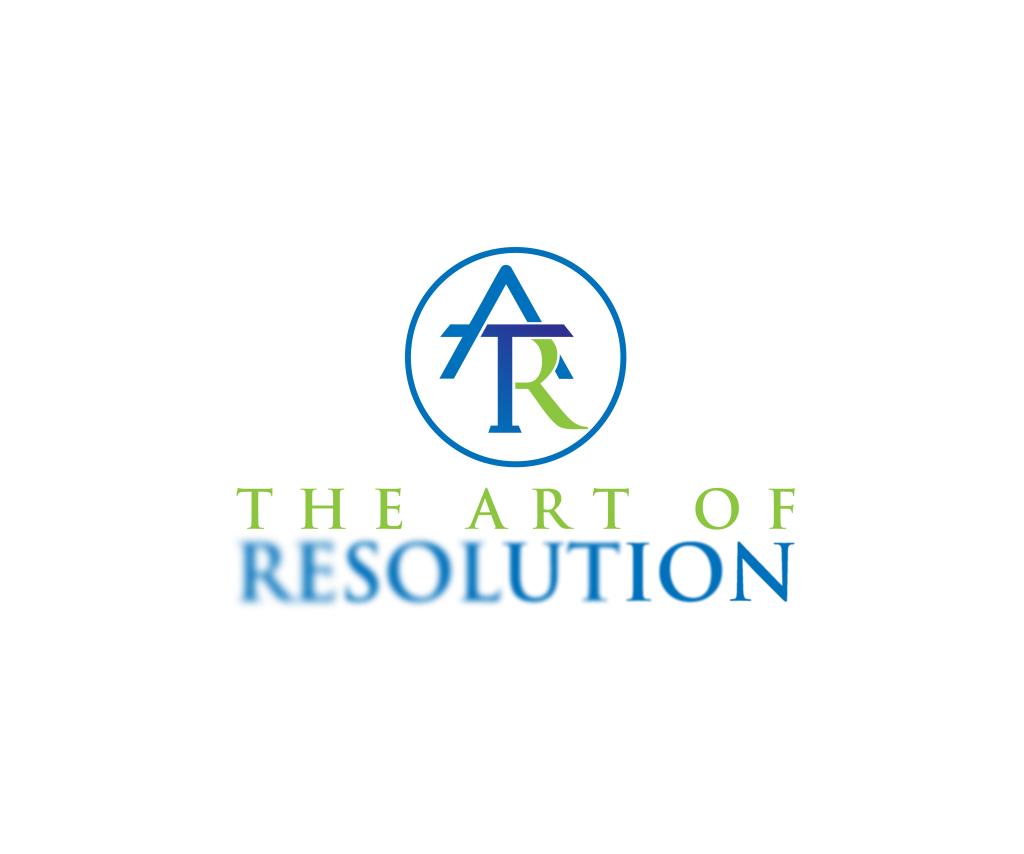by Andrew Flake
It was this very week, in November 2020, that counsel argued AT&T Mobility LLC v. Concepcion, a case that, when decided the following year, would end up refashioning the management and resolution of collective disputes in both the consumer and employment areas. More than a decade out, and looking back, we see it, moving slowly, but powerfully, like a tectonic plate.
As a reminder, the Concepcions were unhappy mobile phone customers; as their claim was small, $30 or so, they wanted to proceed as members of a class and not be required to arbitrate under the AT&T customer contract. That issue reached the Ninth Circuit, which determined that under then-prevailing California law, AT&T’s arbitration clause was unconscionable because is required the Concepcions and others to arbitrate individually, waiting the ability to do so in a class.
The Supreme Court reversed. Encapsulating a longer analysis is this from Justice Scalia for the majority: “Requiring the availability of classwide arbitration interferes with fundamental attributes of arbitration and thus creates a scheme inconsistent with the FAA.”
Early on, adapting to Concepcion and like cases, claimants began exploring how case management techniques from the class and mass claim world might still fit into arbitration.
Enter the mass arbitration, an adaptive approach that focuses on large groups of related individual claims brought as individual cases — the principal distinction from class arbitration, involving a single arbitration proceeding and, if a class is certified, post-certification adjudication on behalf of the class.
By 2020, we case like the 30,000+ claimant arbitration filed against Uber, and now, with both claimants’ counsel and respondents’ counsel comfortable and conversant with the process, and provider organizations having rules in place to ensure the fair and efficient progress of these cases, we have the process used with a number of smaller sets of related cases.
Let’s look at some aspects of how we manage these cases and some best practices. As a AAA arbitrator myself, I will draw more here on the framework and process we use in AAA mass cases, though other administering organizations, for example, JAMS and CPR, have processes that are in broad brush functionally similar.
To begin with, AAA’s definition of a “mass arbitration” captures both a quantitative aspect and a qualitative aspect: a mass arbitration is one where (i) twenty-five (25) or more similar demands for arbitration or requests for mediation are filed against or on behalf of the same party or related parties; (ii) representation of the parties is consistent or coordinated across the cases; (iii) it is an employment or consumer matter.
AAA also has in place a set of Mass Arbitration Supplementary Rules, completing the relevant consumer and employment rule sets and addressing some of the needs specific to mass cases. The Supplementary Rules complement the relevant base rules, whether they are consumer or employment-related.
How does this work in practice? In the mass arbitration context, each case its own merits arbitrator. Even where the parties agree to assign multiple cases to a single arbitrator, the pre-hearing determinations and awards are particular to each individual case.
On the process side, recognizing the complexities involved in a mass case, the AAA also employes a Process Arbitrator, to decide administrative disputes that would span most or all of the cases. That means savings in both time and arbitrator expense for the parties.
The parties themselves are encouraged to, and have been, utilizing new and modified procedures for managing cases efficiently and fairly, and a good arbitrator will herself raise and work with the parties to discuss and employ them.
These procedures can include: deploying the process arbitrator for certain coordinated discovery issues; using joint scheduling orders across cases; mediating globally; agreeing on the use of shared discovery and testimony; using a settlement judge (to preside over settlement conferences); and sequencing and setting bellwether or test cases for earlier determination, which in turn will aid counsel and the parties in evaluating their disputes. On the technology front, AAA also offers application program interfaces (API) to accommodate the counsel-side technology logistics involved in managing large groups of related cases.
All of these examples, and there are many more, showcase the adaptability of private arbitration and the joint efforts of a large number of very capable counsel and experienced neutrals.
With the additional complexity, we might fairly also ask about timing. Here, I believe, it remains the case that a typical consumer claim depending on whether it is decided on just the documents or via final evidentiary hearing, will be resolved within four to six months — a dramatic shortening of time as compared to a normal civil and certainly Rule 23 class timeline.
Looking ahead, with as many changes as the Concepcion opinion ushered in, I fully expect to see continued change and improvement. And that is as it should be — our dispute resolution system has been, and remains, adaptive as to procedures, while that system’s foundational values — committed and ethical advocacy and neutral and impartial decision-making among them — remain constant.
[The referenced case is AT&T Mobility LLC v. Concepcion, 563 U.S. 333, 344, 131 S. Ct. 1740, 1748, 179 L.Ed.2d 742, 754 (2011).]